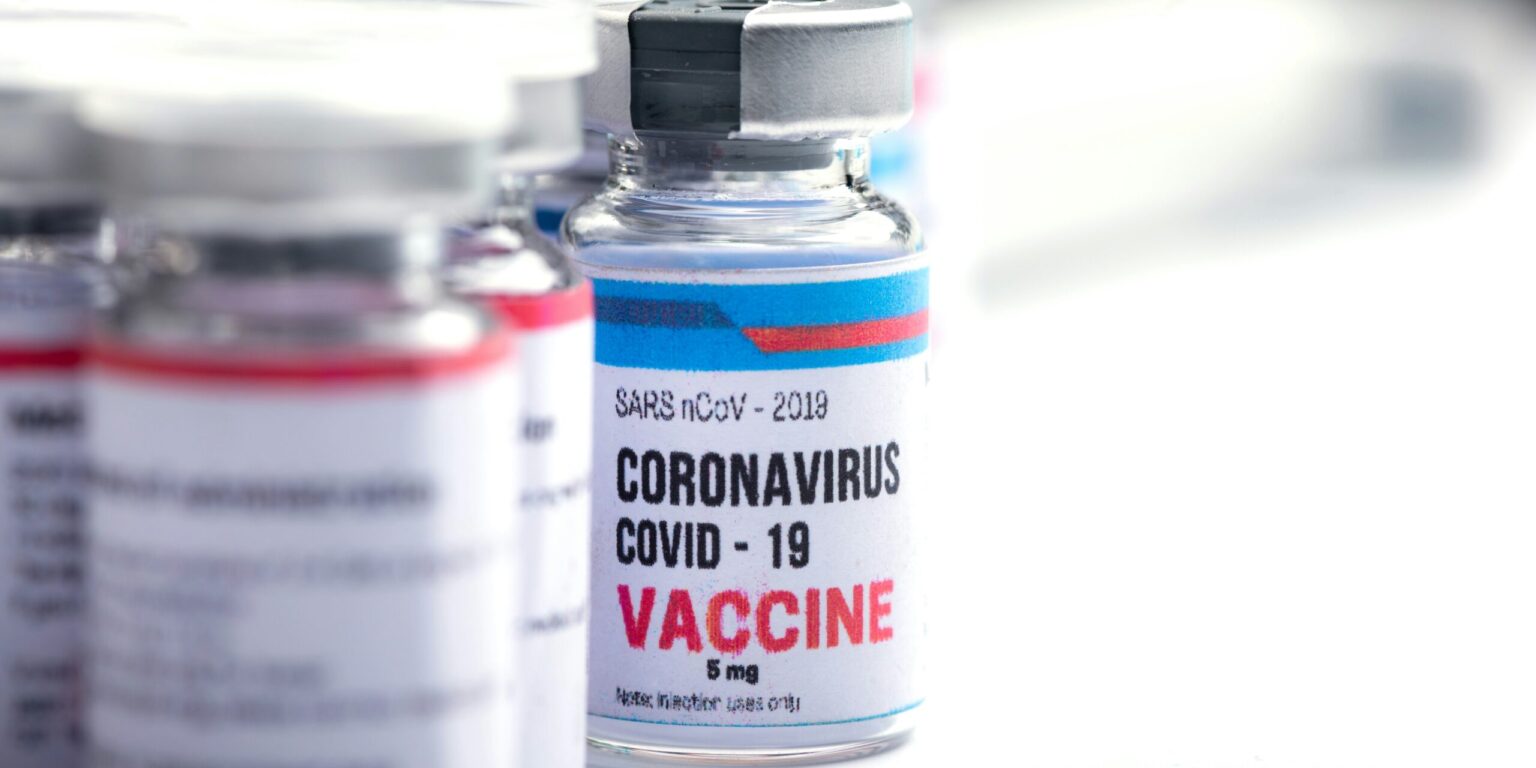As of October 6, 2025, COVID-19 vaccines have become widely accessible across the United States after a period of inconsistent availability. The previous weeks had seen uncertainty regarding access to the vaccine, largely due to unclear federal guidance and shifting policies. However, following recent changes, the U.S. government has made significant strides to re-establish widespread vaccine distribution.
One of the most notable shifts in policy comes from the Centers for Disease Control and Prevention (CDC), which recently altered its approach to COVID-19 vaccination recommendations. In the past, the CDC advocated for a universal vaccination strategy, urging the general population to receive the vaccine regardless of their specific health status or individual circumstances. However, as of October 2025, the CDC has moved away from a one-size-fits-all recommendation. Instead, it is now encouraging individuals to engage in a more personalized decision-making process, advising them to consult with healthcare providers before determining whether they should receive the vaccine. This transition signals a more tailored approach to public health, recognizing that individuals may have different needs, concerns, and risk factors when it comes to COVID-19 vaccination.
The shift in the CDC’s guidance aligns with broader policy changes initiated by Health and Human Services Secretary Robert F. Kennedy Jr. Kennedy, who has played a central role in the recent decisions regarding the distribution of vaccines, allowed states and pharmacies to resume the distribution of COVID-19 vaccines. This policy reversal comes after weeks of uncertainty and has been praised for increasing access to the vaccine, especially in areas where distribution had stalled or been slow. By allowing local and state entities to once again manage the distribution of the vaccine, it is expected that the process will be smoother and more efficient, providing individuals across the country with easier access to vaccination.
The return to more widespread vaccine availability comes at a critical time, as many Americans—particularly those in lower-income communities and younger populations—have struggled to access COVID-19 vaccinations during the previous disruptions in supply. These groups are often more vulnerable to the impacts of the virus, and the resumption of vaccine distribution is seen as a crucial step in ensuring that they receive the protection they need. Vaccine access has long been a concern for families with limited resources, and the latest policy changes aim to mitigate these barriers, giving all Americans an equal opportunity to safeguard their health.
For young children, in particular, the availability of COVID-19 vaccines has been a point of contention. While many adults were able to get vaccinated, concerns around the safety and efficacy of vaccines for younger age groups led to delays in distribution for children. This new push to make vaccines more widely available addresses this gap, ensuring that even younger populations are not left behind as the virus continues to circulate. With clearer guidelines and more access points for vaccination, the hope is that more parents will feel comfortable getting their children vaccinated.
Overall, the re-expansion of vaccine availability across the United States is a positive development, especially for those who have faced challenges in obtaining the vaccine in the past. The move from universal recommendations to a more individualized approach reflects a broader shift in how public health is being managed in the wake of the pandemic. While the change may not eliminate all concerns regarding vaccine hesitancy or logistical challenges, it does mark a return to more consistent and reliable vaccine distribution, allowing for better protection against COVID-19 in the coming months.
As the country continues to adapt to the evolving nature of the pandemic, these new measures are expected to help ensure that every American who wants to receive the COVID-19 vaccine can do so with greater ease and confidence. The collaboration between the federal government, state authorities, and local pharmacies is a crucial element in overcoming the obstacles that had previously hindered access. This shift in policy not only marks an important milestone in the fight against COVID-19 but also serves as a reminder of the importance of clear communication and coordinated efforts in managing public health crises.
